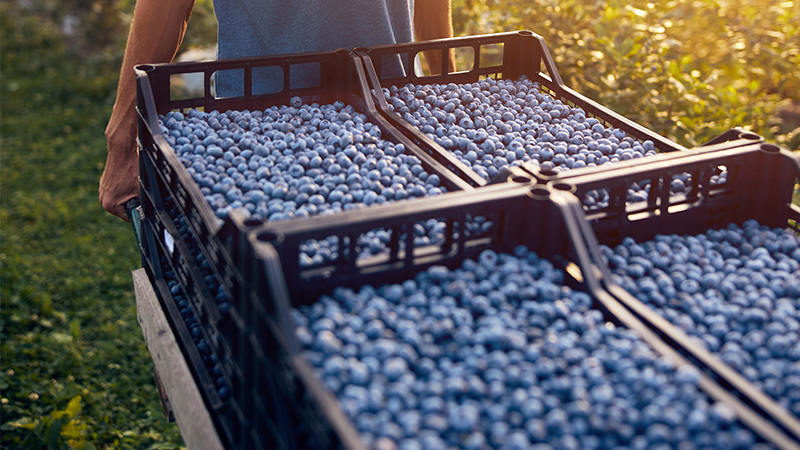Prepare For Planting Vegetables

This transplanter has a full water tank and is ready to set transplants.
Photo credit: George Boyhan
As most know, preparing for the next crop begins immediately following the previous one, with the planting of a cover crop, which usually includes grass and legumes in combination for the additional nitrogen, organic matter, and to prevent topsoil loss.
George Boyhan, an Extension vegetable specialist at the University of Georgia, says he also counsels growers to use clean cultivation. “We recommend deep turning the soil as a starting point and then getting the top of the soil ready, disking it,” he says.
Once the ground is ready, Boyhan says all growers basically need the same type of planting equipment, just on a different scale, depending on the size of the operation. For growers with 2 to 3 acres, a small tractor with a PTO-driven tiller or a hand-operated rototiller is recommended. If more than a few acres are being planted, Boyhan suggests they use a 3-point hitch mounted PTO-driven rototiller so implements can be changed out as needed.
For those producing on 100 to 200 acres who are planning to lay plastic, Boyhan suggests using equipment that will lay three beds of plastic at once. Some transplanters punch a hole in the plastic and some units use a propane torch to burn a hole where the transplants are to be placed. In either case, drip tape is placed underneath the plastic and those operating the transplanters must be careful to avoid punching a hole in this tape, which is laid at the same time but set off to the side so it is not in the way of the plant, he adds.
Hardening Off And Irrigation
Two important points to remember, says Boyhan, are that greenhouse-grown plants must be hardened off prior to transplanting and they must be irrigated at the time of transplanting.
To harden off the plants, reduce the temperature or the amount of water given to the plants — or both. This will toughen them up to better withstand outside conditions. “Hardening can be as simple as removing the plants from the greenhouse and holding them outside for four or five days,” he says.
In addition, keeping the newly transplanted seedlings hydrated is important to their overall health, especially right after planting. “The transplanting equipment not only punches a hole in the plastic, it will also put irrigation water on each of the plants — about a pint to a pint and a half for each seedling as it is set,” adds Boyhan.
Five Planting Tips
Boyhan and Tim Coolong, also from the University of Georgia’s Cooperative Extension, offer some pointers on readying the field.
1. Avoid a wet field. “It can affect the structure of the soil and have adverse effects,” Boyhan explains.
2. Deep-turn the soil. Boyhan recommends this practice as it helps with disease control from previous crop residues on the surface and it is easier to make a smooth bed.
3. Use the right equipment. Know the horsepower needed and know what to use and when. For example, says Boyhan, a spader, which is used by small growers, employs shovels in an up and down motion which, in turn, helps them eliminate the formation of a hardpan. To increase accuracy when laying plastic, GPS and GIS are now being used by larger growers (100-plus acres), adds Coolong.
4. Have a weed management program. Prior to planting, Coolong says to determine if a preplant incorporated herbicide will be used or if the plan is to use a material that can go over transplants — or a hybrid of the two. Waiting until after planting reduces weed control options.
5. Plan ahead. It takes three to four weeks from beginning to end to get land ready to plant. “After it is deep turned, it should sit so the material breaks down in the soil,” Boyhan says.










